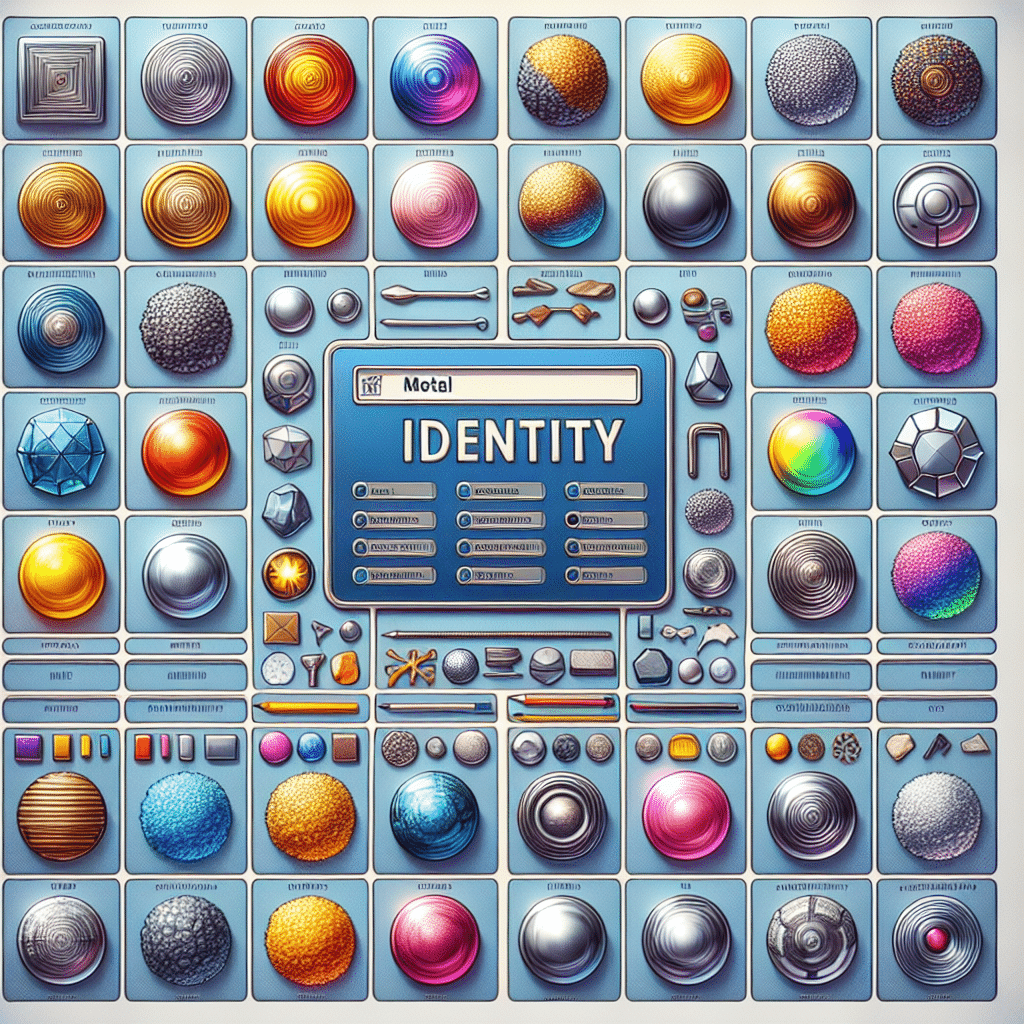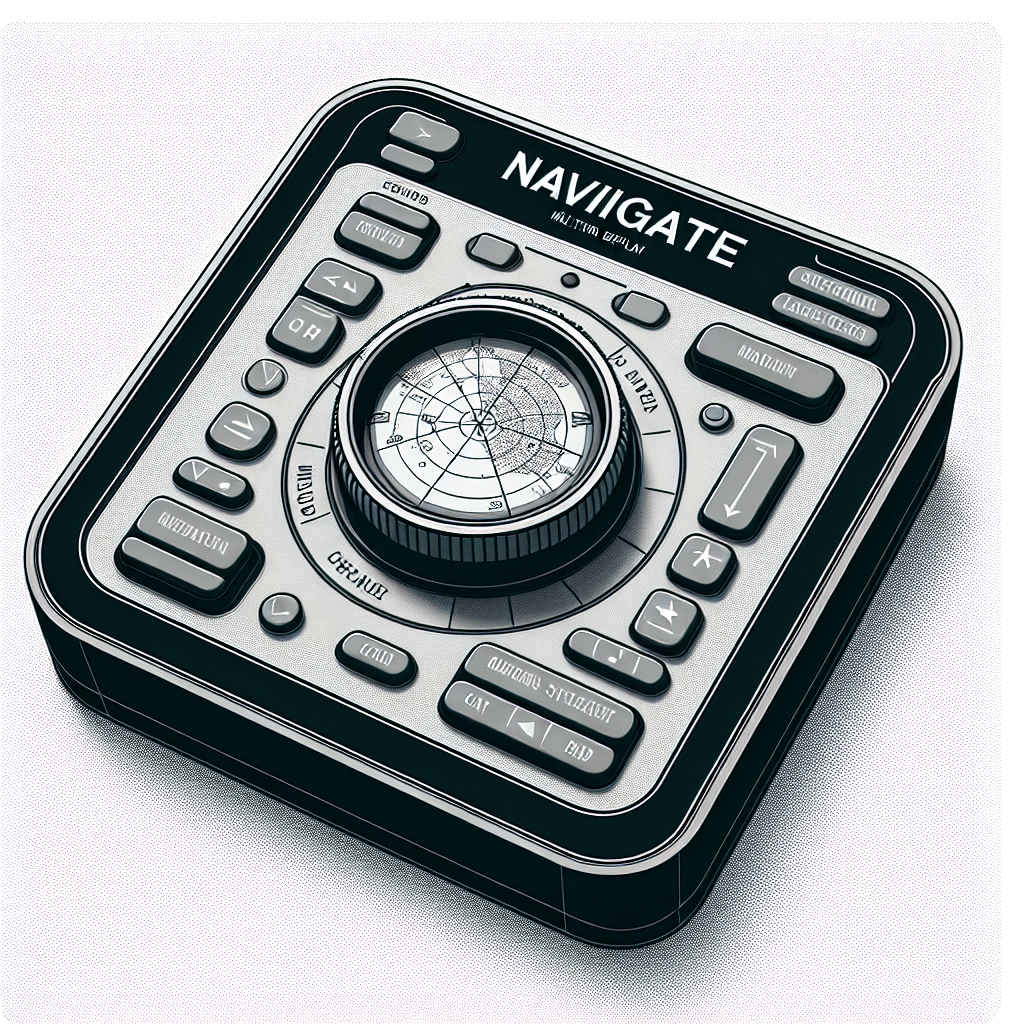Introduction
Metal identity refers to the complex set of cultural, social, and personal attributes that define individuals’ associations and connections with metal music and its community. This identity is shaped by various factors including musical preference, lifestyle choices, and an affinity for the symbolic and aesthetic elements of the genre. Metal identity encompasses not just the music itself but also values such as authenticity, rebellion, and communal belonging that resonate deeply within metal communities. For many fans, metal identity is a crucial aspect of self-expression that conveys their beliefs and emotional experiences, often leading to a sense of solidarity with others who share similar sentiments. In essence, metal identity is a multi-faceted concept that plays a significant role in shaping personal and communal identities through music.
Understanding Metal Identity
Historical Context
The concept of metal identity has its roots intertwined with the historical evolution of metal music, which emerged in the late 1960s and early 1970s. Bands like Black Sabbath and Led Zeppelin pioneered a new sound characterized by heavy guitar riffs, powerful vocals, and distinctive lyrical themes. As metal music gained popularity, it also adopted various sub-genres (such as thrash, death, and black metal), each contributing to unique cultural markers and identity constructs. This historical lineage laid the groundwork for a community where enthusiasts could forge identities strongly tied to their music of choice.
Core Elements of Metal Identity
At the heart of metal identity are several core elements that inform how metal fans define their affinity for the genre:
- Musical Preference: The genre selection plays a crucial role. Different metal styles attract listeners based on their personal experiences, with sub-genres articulating varied emotions and societal commentaries.
- Aesthetics: From band t-shirts to album art, the visual aspects of metal are deeply intertwined with its identity. Dark, edgy designs often symbolize rebellion against mainstream culture, creating a powerful visual identity for fans.
- Community and Belonging: Metal shows, festivals, and online forums foster a sense of camaraderie among fans, reinforcing a collective identity. This community aspect is vital for individuals seeking connection through shared musical tastes.
- Values: Authenticity, individuality, and resistance to norms often resonate within metal communities. Fans frequently embrace these values, using metal culture as a platform for self-assertion and personal expression.
The Role of Lyrics and Themes
Metal music often explores themes that resonate with its audience’s experiences, such as pain, identity struggles, political resistance, and existential questioning. Lyrical depth enhances metal’s relatability, compelling fans to connect their life experiences with the narratives expressed in songs. This lyrical engagement deepens the sense of identity, where enthusiasts not only listen but also interpret meaning, often leading to personal empowerment.
Impact of Digital Culture
The advent of digital media has transformed how metal fans engage with their identity. Social platforms and streaming services allow for greater interaction within the community, giving rise to virtual identities that might be more expressive than those in traditional settings. Metal identity now transcends geographical limits, allowing fans to engage with global communities and subcultures, thus enhancing diversity within the metal scene.
Case Studies in Metal Identity
Subcultures within Metal
Metal encompasses various subcultures, each contributing unique dimensions to metal identity. Examples include:
- Death Metal: With its intense sound and often morbid themes, fans of death metal embrace their identity through underground concerts and dedicated communities largely defined by their rejection of mainstream culture.
- Black Metal: This subgenre incorporates elements of mysticism and anti-establishment sentiments, where fans often adopt visual aesthetics (like corpse paint) that reflect their identity’s edginess and rebellion.
Notable Figures in Metal Identity
Artists such as Metallica, Slayer, and Iron Maiden have not only shaped the sound of metal but also exemplified the struggle for authenticity within the genre. Through their music, interviews, and public personas, these figures contribute to the overarching metal identity, influencing how fans perceive and participate in the culture.
Challenges and Evolution of Metal Identity
Controversies and Misconceptions
Metal identity is often perceived through a distorted lens, influenced by stereotypes associated with heavy metal culture. Misconceptions can lead to unwarranted stigma surrounding fans, particularly in terms of themes like violence or nihilism in lyrics. Addressing these misunderstandings is crucial for evolving discussions around metal identity and showcasing the genre’s capacity for fostering community and personal empowerment.
Gender Dynamics in Metal Identity
Traditionally male-dominated, metal identity is gradually transforming as more women and non-binary individuals emerge as prominent figures in the scene. This shift is redefining what it means to be a metal fan and challenging existing stereotypes, contributing to a broader, more inclusive understanding of metal identity.
Conclusion
Understanding metal identity requires an appreciation of its historical, emotional, and cultural significance. Metal is not merely a music genre; it is a complex network of associations, experiences, and community dynamics that shape the identities of its fans. As the genre continues to evolve, so too will the expressions of metal identity, reflecting broader societal shifts while maintaining its core principles of authenticity and belonging.
FAQs about Metal Identity
What factors contribute to an individual’s metal identity?
Individual metal identity is shaped by musical preferences, aesthetic choices, community connections, and the values associated with metal culture, such as rebellion and authenticity.
How has the digital age influenced metal identity?
The digital age has enabled metal fans to connect across geographical boundaries, facilitating a more diverse and expansive community that influences individual and communal expressions of metal identity.
Are there misconceptions about metal music and its fans?
Yes, metal music often faces stereotypes related to themes of violence or nihilism. These perceptions tend to overlook the genre’s deeper explorations of identity, community, and personal struggles.
How do subcultures within metal music affect metal identity?
Subcultures within metal provide fans with distinct identities based on specific sounds, aesthetics, and values, enhancing the richness of the overall metal identity landscape.
What role does gender play in metal identity?
While historically male-dominated, the rise of female and non-binary artists has begun to redefine metal identity, promoting inclusivity and challenging existing stereotypes about who can be a metal fan or artist.


